Mahatma Gandhi Quiz For Students And Children: Mahatma Gandhi’s reputation as the Indian spiritual and political leader who coordinated and led a successful national struggle for independence against British imperial rule on the strength of a non-violent movement survives largely intact. The legend of Mahatma Gandhi has it that he returned to India from South Africa in 1915, took control of and radically transformed the Indian nationalist movement, and led three great popular movements that eventually wore down the British government and led to Indian independence.
Mahatma Gandhi Quiz For Students And Children
This quiz consists of 23 questions on Mahatma Gandhi’s movements & struggle for Indian independence.
Question 01: On which day of March 1930 Gandhiji started with a band of chosen volunteers on his famous Dandi March to break the law by manufacturing illegally but openly, salt from the sea?
- Sixth
- Eighth
- Tenth
- Twelfth
Answer 01:
Question 02: In how many days was the 241 mile-journey from Sabarmati Ashram to Dandi covered on foot by Gandhi and his volunteers?
- 20
- 24
- 28
- 30
Answer 02:
Question 03: Who was nominated by Gandhiji to lead the satyagrahis on the Dandi March in the event of his arrest?
- Jawaharlal Nehru
- Vithalbhai Patel
- Abdul Ghaffar Khan
- Abbas Tyabji
Answer 03:
Question 04: Who described Gandhi’s march to Dandi in the following words? “Like the historic march of Ramachandra to Lanka, the march of Gandhi will be memorable.”
- Motilal Nehru
- Sarojini Naidu
- Vallabhbhai Patel
- Madan Mohan Malviya
Answer 04:
Question 05: Identify the concession granted by the Government under the Gandhi-Irwin Pact.
- Permission of peaceful picketing without any violation of ordinary laws.
- Permission to collect or make salt for one’s use.
- Both (a) and (b)
- Payment of reparations to those whose lands had been confiscated.
Answer 05:
Question 06: Who made the following observation on the Gandhi-Irwin Pact?
“Was it for this that our people had so gallantly fought for a year? Were all our brave words and deeds to end in this? The independence resolution of the Congress, the pledge of January 26, so often repeated? So I lay and pondered on that March night, and in my heart there was a great emptiness as of something precious gone, almost beyond recall.”
- Jawaharlal Nehru
- C. R. Das
- Subhash Chandra Bose
- Vallabhbhai Patel
Answer 06:
Question 07: Identify the Muslim nationalist leader who, according to the original plan, was to accompany Gandhiji as a delegate to the Second Round Table Conference, but the Viceroy did not nominated him.
- M. A. Ansari
- Abdul Kalam Azad
- Asaf Ali
- Abdul Gaffar Khan
Answer 07:
Question 08: Who acted as Gandhiji’s adviser at Second Round Table Conference?
- G. D. Birla
- Madan Mohan Malviya
- Prabhashankar Pattani
- Sarojini Naidu
Answer 08:
Question 09: While in London for taking part in the Second Round Table Conference, Gandhiji stayed at the Kingsley Hall Settlement in the East End as the guest of _____________ .
- Muriel Lester
- Gilbert Murray
- Lloyd George
- Harold Laski
Answer 09:
Question 10: Though at the Round Table Conference in London Gandhiji could gain nothing, he was the richer for having secured many friends and the goodwill of the people. Who of the following eminent persons refused to meet him?
- Winston Churchill
- Lloyd George
- Gilbert Murray
- Lady Astor
Answer 10:
Question 11: Who among the following national leaders was arrested by the Government even before Gandhiji’s arrival in the country from London?
- Jawaharlal Nehru
- Purushottam Das Tandon
- Both (a) and (b)
- Vallabhbhai Patel
Answer 11:
Both (a) and (b)
(a) Jawaharlal Nehru
(b) Purushottam Das Tandon
Question 12: As a protest of Ramsay MacDonald’s Communal Award, which threatened to separate the so-called untouchables from the Hindu society, Gandhiji’s historic fast unto death at the Yerwada jail commenced on __________ .
- September 4, 1932
- September 10, 1932
- September 15, 1932
- September 20, 1932
Answer 12:
Question 13: The Poona or Yeravda Pact was the immediate outcome of the fast that Gandhiji had undertaken on the issue of the Communal Award and it was only after it had been signed by all the parties concerned that paved the way for him to break his fast. The draft of the Pact was prepared by ______________.
- M. R. Jayakar
- A. V. Thakker
- H. Kunzru
- M. C. Rajah
Answer 13:
Question 14: Having divested himself of the responsibility of leadership of the Congress, Gandhiji gave full attention to the revitalization of rural India and the organization of the All-India Village Industries Association. Which of the following became the headquarters of training and research in village industries?
- Sevagram
- Maganwadi
- Sabarmati
- Faizpur
Answer 14:
Question 15: The historic August session of the All-India Congress Committee, at which the Quit India Resolution was passed, was held at Gowali Park in ___________.
- Bombay
- Ahmedabad
- Lucknow
- Poona
Answer 15:
Question 16: Whom was Gandhiji referring to when he talked about his political heir at the meeting of the A.I.C.C. held in Wardha on January 15, 1942?
- Vallabhbhai Patel
- Rajendra Prasad
- Jawaharlal Nehru
- Abdul Kalam Azad
Answer 16:
Question 17: Which of the following slogans is associated with the name of Gandhiji?
- Do or Die
- Jai Jawan Jai Kisan
- Swaraj is my birth-right
- Inquilab Zindabad
Answer 17:
Question 18: Gandhiji began a twenty-one day fast on February 10, 1943 in jail which provided a burst of political activity. This fast was undertaken by him to ____________.
- Condemn violence of people in the Quit India Movement
- Proof his innocence before God for violence during the Quit India Movement
- Register his protest against the violence of state, including the unwarranted detention of thousands of Congressmen
- Both (b) and (c)
Answer 18:
Both (b) and (c)
(b) Proof his innocence before God for violence during the Quit India Movement
(c) Register his protest against the violence of state, including the unwarranted detention of thousands of Congressmen
Question 19: The book “Unto This Last” greatly captivated and transformed Gandhiji. So much so that this was translated into Gujarati. Who was it’s author?
- Rabindranath Tagore
- John Ruskin
- Leo Tolstoy
- Edwin Arnold
Answer 19:
Question 20: What title did Gandhiji give to his Gujrati translation of “Unto This Last”?
- Harijan
- Jan Kalyan
- Sandesh
- Sarvodaya
Answer 20:
Mahatma Gandhi Quiz For Students – Question 21: Gandhiji made a distinction between “Passive Resistance” and “Nonviolence”. What was the distinction?
- Passive resistance is the resistance offered by the weak because they are unable to offer armed resistance, whereas nonviolence is the resistance offered by the strong because the are unwilling to offer armed resistance.
- Passive resistance is the resistance offered by satyagrahis in the form of fasts and vows of silence, whereas nonviolence stands for not raising armed resistance in the fact of state violence.
- Passive resistance means strikes and closing down of work establishment, whereas nonviolence means demonstrations and other allied activities where work is not stopped.
- All of the above.
Answer 21:
Mahatma Gandhi Quiz For Students – Question 22: A special attraction of one of the Gandhi museums is the exhibition depicting Gandhi’s life through figurines prepare by Sushila Patel. Identify the place of this museum.
- Ahmedabad
- Mumbai
- Delhi
- Wardha
Answer 22:
Question 23: What is the name of the building which served as Gandhi’s residence in Mumbai from 1917-1934?
- Birla House
- Bajaj House
- Mani Bhavan
- Congress House
 Kids Portal For Parents India Kids Network
Kids Portal For Parents India Kids Network
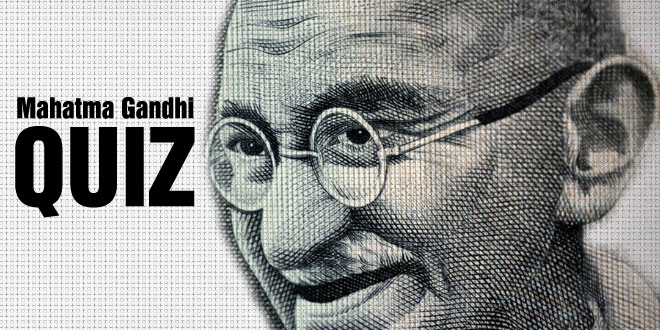
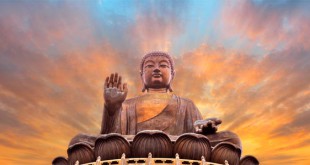
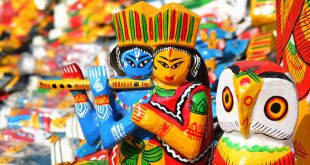

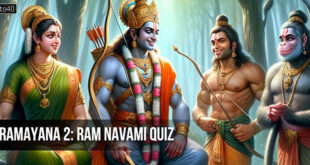
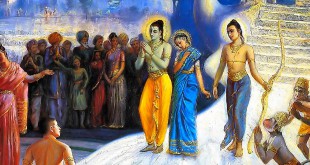
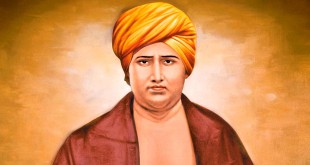

One comment
Pingback: जलियाँवाला बाग में बसंत: सुभद्रा कुमारी चौहान - Kids Portal For Parents